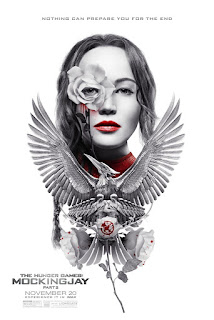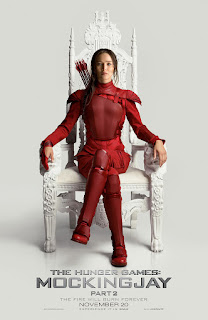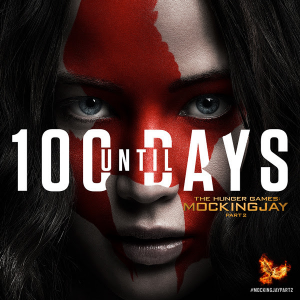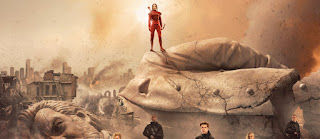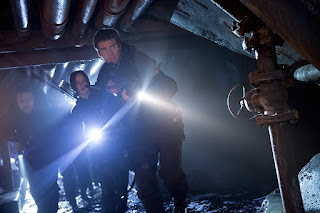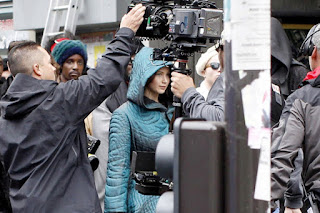Culver City-based design and visual effects studio Cantina Creative relied on Cinema 4D as a central digital content creation tool to generate 120 visual effects shots and 30 hologram shots ranging from holograms, animated posters, monitor shots and user interface (UI) graphics that appear throughout the Lionsgate sequel, The Hunger Games: Mockingjay Part 2.
The Cantina Creative VFX team on Mockingjay Part 2 − which also provided extensive visual effects for Mockingjay Part 1 − comprised of VFX Supervisors, VFX Producer Donna Cullen, Compositing Supervisor and Cantina Creative Co-founder, and Executive Producer and Cantina Creative Co-founder, Sean Cushing, again worked closely with Mockingjay Part 2 Director, Francis Lawrence, and VFX Supervisor, Charles Gibson, who provided creative direction in terms of design content requirements.
The studio’s primary focus on Mockingjay Part 1 was to generate interactive on-set monitor graphics that would stream live during shooting and that for Mockingjay Part 2 the team was given a more extensive range of post-heavy challenges that included the exclusive use of Cinema 4D to create two main hologram effects and to composite hero monitor screens that required story specific information and animations to advance key plot sequences.
“Our aesthetic reach in this film was much broader and required us to deliver a more advanced design style as we were asked to create detailed 3D hologram content for the Capitol. We were also tasked with generating the hologram for the “Nut”, a strategic military compound located in an underground mountain bunker which houses all the military equipment for the Capitol.”
“Although Lawrence and the Lionsgate team had very clear ideas in regards to the aesthetic needs of each corresponding environment in Mockingjay Part 2, the collaboration gave us plenty of liberty to experiment with style and feel,” said Grunfeld. “To meet the technical complexities of a movie of this scope demanded that we rely on the various toolsets in our Cinema 4D pipeline which provided us the creative flexibility to explore and tweak story notes throughout the project, critical in delivering a number of beautiful storytelling graphics on some very challenging design sequences. In combination with After Effects, we were able to generate external compositing tags and compositing project files throughout all of the hologram sequences that further resulted in an efficient workflow.”
The “Nut” hologram, in particular, challenged the Cantina Creative team to deliver a fully detailed, 3D photoreal and precise mountain range with only a single 2D matte painting to use as reference. 3D artist Jayse Hansen who worked with Cantina on Mockingjay Part 2 in preproduction and on location designed the initial hologram concept including the entire interior of the Nut.
"Leveraging the landscape generator in Cinema 4D to block off shapes and the expansive sculpting tools in the software provided great creative latitude so that I could hand off a number of very precise hologram looks and models of the mountainous terrain surrounding the “Nut” and Capitol from different perspectives,” said Hansen. These concepts were then further refined by Stephen Morton who created a final workable version that helped the team work out positions for important story elements for several hologram sequences."
“In addition to the sculpting tools which proved critical in allowing artists’ to further customize and organize the project in layers and work nondestructively to churn out dozens of iterations of mountain topography, we used Cinema 4D to render a number of passes, namely a few variations of cel renders, layered procedural shaders, and a depth map. We also exported light and null data to use for additional elements in comp,” adds Morton.
“The time effector tool was also extremely useful on the mountain hologram to rotate topography designs uniformly across nearly 30 shots in the sequence and made it easy to explore rotation speeds and successfully arrive at something that both the client and we were pleased with.”






